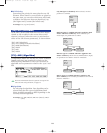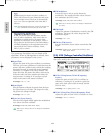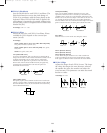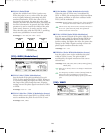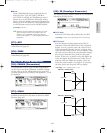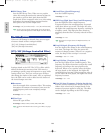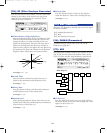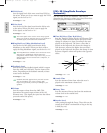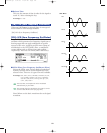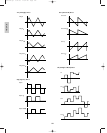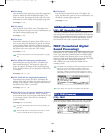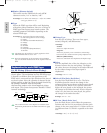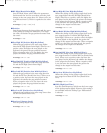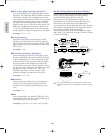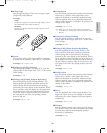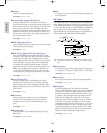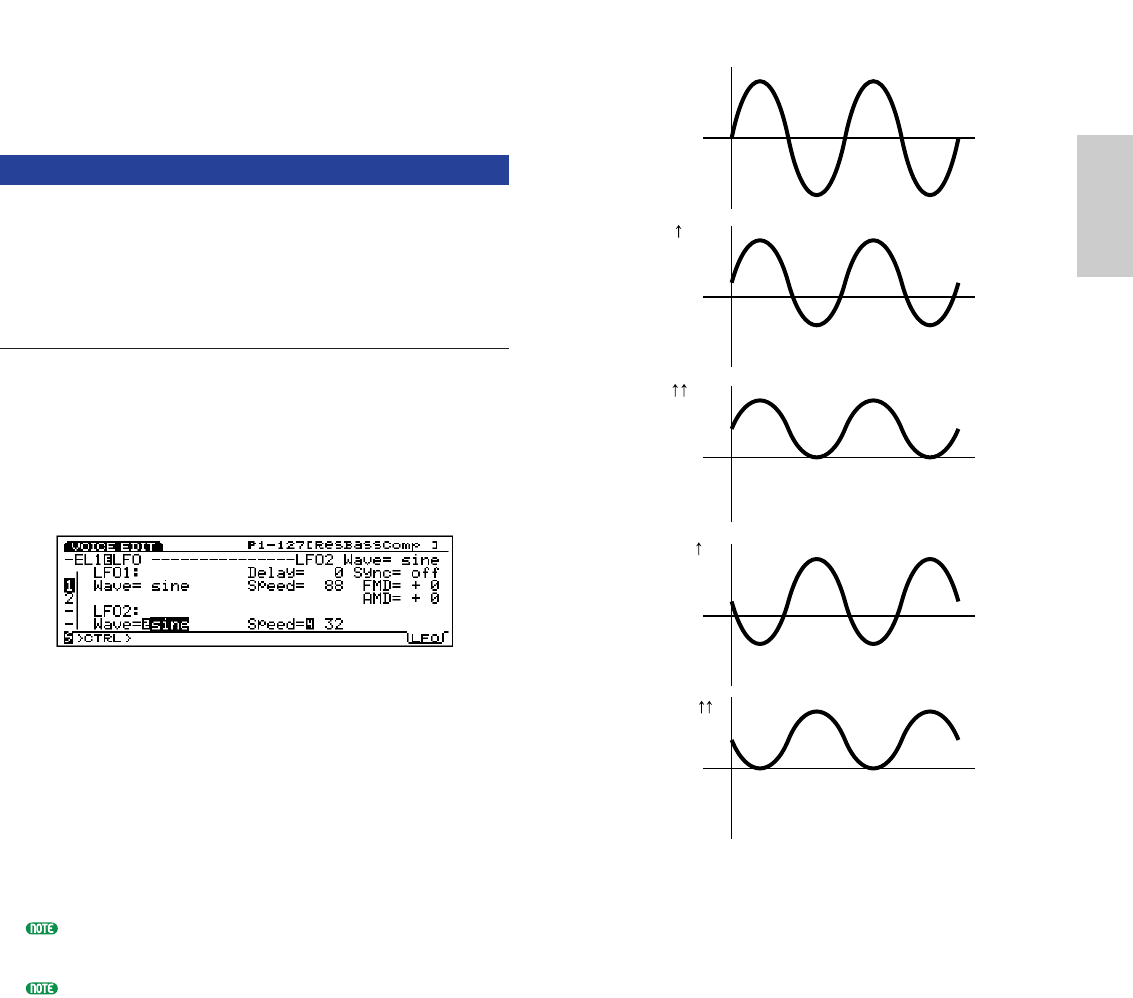
121
Voice Mode
■ Release Time
This sets the amount of time it takes for the signal to
reach “0,” after releasing the key.
❏ Settings: 0~127
[F6]: LFO (Low Frequency Oscillator)
When an AN Element is selected, there is one type of
menu related to LFO settings available.
[F8]: LFO (Low Frequency Oscillator)
[F8]: LFO (Low Frequency Oscillator)
Sets the LFO for the AN Element. The LFO is an
oscillator which generates low frequency signals out of
hearing range that can apply modulation to specific
aspects of the voice. Applying an LFO wave (shape of
modulation) to the VCO (pitch), filter, or amplitude
creates effects such as vibrato, waw, and tremolo,
respectively. There are two LFOs (LFO1 and LFO2).
■ LFO1 Wave (Low Frequency Oscillator1 Wave)
Selects the LFO1 wave. Various kinds of modulated
sounds (cyclical) can be created depending on the
selected wave. There are 21 types of waves available.
❏ Settings: sine, sine
↑
, sine
↑↑
, sine180
↑
, sine180
↑↑
,tri, tri
↑
,
tri
↑↑
, tri180
↑
, tri180
↑↑
, squ, squ
↑↑
, squ180
↑↑
,
saw dwn, saw dwn
↑↑
, saw up, saw up
↑↑
, s/h,
s/h
↑↑
, s/h2, s/h2
↑↑
VCO1/2, filter, and amplitude can be modulated
simultaneously by the LFO1.
The settings related to modulation for VCO1/2 can be
set in the OSC MOD screen (see page 116).
Listed below are the basic waveforms for each signal
waveform.
Sine
Sine
Sine
Sine180
Sine180
Sine Wave
Voice/E.qx 5/21/98 11:31 AM Page 121



